How to Start a Container Vegetable Garden at Home
/With commercially-grown vegetables becoming increasingly subject to contamination by synthetic pesticide residue and deadly bacteria, finding quality produce is becoming more of a challenge. Part of the problem with commercial production are the monopolies by big food companies, which threaten food security and public health. A growing number of people have begun to see growing and harvesting their own vegetables as a way to reduce their exposure to these contaminants and exercise greater self-reliance.
An added bonus of gardening is that you don't need a large yard to get started. You can grow many vegetables and fruit in a container vegetable garden, even if you only have a balcony or deck to work with. This article will discuss the ideal vegetable garden container and what you need to know to produce quality vegetables and fruit at home, even in the smallest spaces.
The Vision of Container Gardening for Vegetables
Container gardening is not simply an alternative to conventional farming, but an adaptive and contemporary method for growing quality food. The result is an environment that thrives even with limited space, because you have greater control over the inputs and the conditions of growing. Some of the benefits of growing food in containers include the following:
It is an adaptive growing method. Container gardening enables you to grow food in places where having a traditional garden may not be feasible. It can make fresh, homegrown produce accessible, even if you only have a balcony, patio, or small yard to work with.
It teaches microclimate management skills. With containers, you can adjust sunlight, wind and rain exposure, humidity, and temperature simply by moving your pots or placing them against a wall or under a patio umbrella. By so doing, you help plants thrive even in imperfect conditions.
It is a modern eco approach to growing food. Growing food in containers supports a more sustainable lifestyle by reducing food miles, minimizing waste, and promoting organic practices.
It facilitates controlled environment gardening. Because you choose the soil, watering schedule, and placement, you can more easily protect plants from pests, diseases, and soil contamination than is possible with in-ground or even raised bed gardening.
It’s compact sustainable living. Container gardens maximize productivity from even the smallest footprint, allowing you to turn overlooked spaces into mini food-growing systems.
It has high yield potential. When plants receive the optimal growing conditions you can create in containers, they are capable of producing surprisingly abundant harvests relative to their size.
Container food gardening opens the door to growing fresh, healthy produce no matter where you live or how much space you have. With greater control over growing conditions, fewer pest problems, and the flexibility to adapt your setup throughout the seasons, this approach helps you enjoy reliable harvests with less work. Anyone from balcony gardeners to backyard beginners can cultivate abundance right at home, even in the smallest spaces, with containers.
Picking Containers That Work Efficiently
Choosing the right containers is one of the most important initial steps you’ll make when setting up your container vegetable garden. The shape, size, and material of your pots all play a major role in how well your plants will grow and afffect everything from root development and moisture levels to the size of your harvest. While it’s easy to fall for beautiful containers that appeal to your personal aesthetics, functionality is a much more important factor to weigh in how plants thrive. Remember, the better your plants grow, the less work for you!
Here are a few things to consider when selecting containers:
Proper pot drainage. Good drainage prevents water from pooling around the roots of your plants, which can lead to poor growth and root rot. Look for containers with multiple holes or drill your own to ensure that excess water will easily drain out of the bottom of the container.
Sufficient depth. Vegetables and fruits need space below the soil to anchor their roots and grow strong and healthy. Matching the depth of your container to the final root size of each plant will help ensure higher yields and healthier growth. It’s ok to guesstimate: fruiting plants tend to have deeper roots, while green leafy plants tend to have shallow roots.
Sustainable reuse options. Upcycled buckets, crates, and other sturdy items can make excellent planters while reducing waste and gardening costs. Just be sure they are food-safe, clean, free of pests, and have holes in the bottom for proper drainage.
Functional container choices. Handles, lightweight materials, and the ability to move pots easily become especially useful as you shift plants to sunnier spots or sheltered areas throughout the growing season. Convenience can make the difference between thriving and forgotten plants.
Eco-conscious creativity. Containers made from natural or recycled materials, such as terracotta or reclaimed wood, help reduce environmental impact while adding character to your garden. Just be sure to line wood containers as needed with landscape fabric or mesh to ensure that the soil stays in. Terracotta also dries out faster than plastic. By choosing to reuse products, you’ll be keeping them out of landfills.
Breathable root environment. Certain materials like fabric grow bags allow air to reach the root zone, encouraging stronger, more resilient plants and preventing roots from circling inside the pot. This leads to a healthier foundation and better overall growth.
The Right Vegetables for Containers
When you've figured out what kinds of containers will suit your needs, try creating a list of vegetables you’ll begin with. If you’re a beginner, it’s best to start with a few crops and expand in later seasons as you develop your skills. The key is choosing crops that naturally thrive in small spaces and offer quick, satisfying results for new gardeners.
Here are a few things to consider:
Compact plant choices. Many vegetables grow naturally in smaller forms, such as dwarf tomatoes, baby carrots, bush beans, and salad greens. These crops are ideal for limited space and shallow containers. Choosing compact varieties of crops helps you get the most out of every square inch.
Fast harvest cycle. Quick-growing crops such as lettuce and radishes in the cool season, and herbs and greens in the warmer seasons provide near-instant gratification and help build your confidence as a gardener. Frequent harvesting also encourages plants to produce more over time.
Beginner-friendly crops. Veggies like peppers, kale, spinach, and cherry tomatoes are resilient and forgiving of small mistakes, making them great options for beginner container gardeners. These crops adapt well to containers and typically reward new gardeners with steady yields.
Sunlight-loving varieties. Fruit-bearing plants like tomatoes, cucumbers, peppers, and strawberries thrive in full-sun locations. If you have strong light conditions, these crops make excellent use of that exposure. And one of the benefits of containers is that as the sunlight shifts throughout the day, you can move your plants to soak up more rays as needed.
Culinary freshness boost. A container garden right outside your door means you can snip herbs or harvest vegetables at their peak, adding flavor and nutrition to everyday meals. You’ll taste the difference immediately in your cooking. Fresh herbs are great for cooking, but freshly picked fresh herbs are next-level delicious!
A container garden rewards you with opportunities for personal growth. Growing your own food teaches patience, observation, and care, making each harvest feel like a personal achievement. As you gain experience, you’ll enjoy trying more crops and stretching your gardening skills a little further each season.
Crafting the Perfect Soil Mixture
Choosing the right soil is one of the most important steps in container gardening. Because pots restrict root space and drain more quickly than in-ground beds, gardeners must rely on a high-quality potting mix for proper aeration, drainage, and nutrient availability. Using regular garden soil in containers can lead to poor growth and root stress, so starting with a specially formulated container mix sets your plants up for success.
Here are some things to consider when choosing a growing medium for your containers, or making your own:
Proper soil aeration. Light, fluffy soil allows roots to breathe and expand, preventing compaction that can slow growth. Potting mixes with ingredients like perlite or pine bark keep the soil open and airy.
Moisture retention balance. Container soil must hold enough water to keep plants hydrated without becoming soggy. Components like coco coir, perlite, or peat help maintain moisture evenly throughout the root zone. Vermiculite can be added to retain moisture and provide drainage.
Organic nutrient enrichment. Vegetables rely on a steady supply of nutrients, and organic amendments such as compost offer a gentle, long-lasting source of fertility. Nutrients also help beneficial microbes thrive, which improves plant health overall.
Sustainable compost addition. Adding compost eliminates the need for excessive fertilizers and keeps soil naturally rich. Regular top-ups throughout the season replenish nutrients lost through watering. Keep in mind, heavy feeding plants like tomatoes, zucchini and eggplant will need supplements of phosphorous-rich fertilizer for healthy fruit growth.
Root health optimization. Healthy roots are the foundation of vigorous plants, and a high-quality mix supports everything from nutrient uptake to photosynthesis to disease resistance. When roots can spread easily, plants grow faster and stronger.
Long-term fertility. Over time, nutrients wash out of containers, so building a soil mix that holds fertility helps you grow more with fewer inputs. This also reduces waste and makes gardening more affordable season after season. Mixing granular fertilizer into the top few inches of soil each month during peak growing season will help your plants remain productive.
A well-built soil mix supports healthy plants and reduces waste over time, preparing you for the next key step: balancing light and water wisely.
Balancing Light and Liquid
Light and water are the two biggest drivers of plant growth in containers, but finding the right balance can be tricky. Too much water deprives roots of oxygen, while too little sunlight leads to weak, leggy plants. Learning how to manage both will help your garden thrive in any season and space.
To balance moisture and light, you’ll need to consider
Sunlight exposure management. Most container vegetables need at least 6–8 hours of direct sunlight a day. Observing how the sun moves across your space will help you place containers where they perform best.
Consistent watering schedule. Since pots dry out more quickly than raised beds or in-ground plantings, regular watering keeps plants from experiencing the kind of stress that will stunt their growth. Checking soil moisture daily, especially during hot spells, ensures steady hydration.
Proper moisture control. Good drainage and well-aerated soil prevent root problems caused by excess water. It’s better to water deeply but less frequently than to add small amounts daily.
Light supplementation may be needed. If natural light is limited, full-spectrum LED grow lights can provide a reliable alternative for indoor or shaded gardens. They mimic sunlight and help keep plants productive year-round.
Root strength improvement. Consistent watering and adequate light support strong root systems, which are the foundation of productive plants. When roots thrive, you’ll see sturdier growth and better yields above the soil.
Growth stability maintenance. Monitoring plants regularly for signs of stress, such as drooping leaves or pale foliage, ensures you can adjust light and watering levels before these problems escalate. A little attention goes a long way in containers.
Once you’ve mastered sunlight and watering, you’ll be set up for healthier plants — and better prepared to prevent pest problems before they start.
Managing Pests: The Most Common Problem
Garden containers are less susceptible to pest problems than in-ground gardens and raised beds. However, constant monitoring is vital. Instead of turning to harsh chemicals to deal with pests that may plague your plants, it is better to use a few natural products that can get the job done with less damage to the environment. Here are some ways to deal with pests naturally and in a more eco-friendly way:
Biological pest control. Encouraging beneficial insects like ladybugs, lacewings and praying mantises to come live in your garden can help keep garden pests such as aphids, mites and grasshoppers in check. These friendly predators help maintain a natural balance in your container ecosystem.
Eco-safe repellents. Natural options like insecticidal soap, (some) botanical sprays, or homemade garlic and pepper solutions can deter pests without harming pollinators or your plants you're growing. These treatments are especially useful for killing soft-bodied insects.
Regular plant rotation. Switching up what you plant in each container season by season disrupts pest lifecycles and reduces the chances of recurring infestations. Crop rotation also helps prevent soil fatigue in long-term containers.
Balanced nutrient renewal. Healthy, well-fed plants naturally resist pests better than stressed ones. Regularly adding compost or spreading slow-release organic fertilizer supports vigorous growth and boosts plant defenses.
Clean growth environment. Cleaning leaves, fallen debris, and overripe fruit from containers removes hiding places for pests and disease. A tidy garden also makes it easier to spot potential problems early on.
Preventive garden care. A simple weekly check, which can be as simple as turning over leaves and looking for holes or discoloration, can stop pests before they spread. Early action makes organic solutions far more effective.
With pests kept in check, you can look forward to enjoying the most rewarding part of container gardening: harvesting what you’ve grown.
The Joy of Harvesting
The minute you eat the first harvest of your vegetables, you’ll feel like all your efforts have paid off. Harvesting from your container garden isn’t just about gathering food — it’s about tasting the results of your care, attention, and patience. Every handful of greens or crisp pepper becomes a reminder that you grew something nourishing right at home.
Here are a few tips for making the most of your harvest:
Timely produce picking. Harvesting crops at their peak ripeness will yield the best flavor and texture. Picking regularly also encourages many plants, including beans, squash and cucumbers, to continue producing more.
Enhanced food flavor. Homegrown vegetables don’t spend time in transit and go straight from plant to plate. You’ll be able to taste the difference: just- picked produce tastes fresher than anything you can buy from the store and retains more nutrients as well.
Continuous plant growth. For leafy greens and herbs, use the cut-and-come again method of harvesting for a continuous harvest. Snip only the outer leaves or stems to encourage new growth from the center of the plant.
Seasonal meal planning. As you learn what thrives in your space, your meals begin to revolve around what’s growing, making healthy eating easier and more fun.
Sustainable food practice. Harvesting your own fresh produce reduces food packaging, transportation emissions, and food waste while also supporting a greener lifestyle.
Before long, you'll be able to notice something subtle but important: you'll begin creating your menus around the things you can grow. This is when you'll know that you've become hooked on growing your own food.
Growing Your Gardening Experience
If you're excited to continue building your gardening skills and explore more sustainable, healthy living practices, consider joining the Green and Prosperous weekly newsletter. It’s designed to support you long after your first harvest, with friendly guidance and inspiration delivered right to your inbox. Twice a week, you’ll get:
Sustainable living advice with tips on cultivating everyday habits that help reduce waste, conserve resources, and support a healthier planet;
Expert eco guidance with science-backed tips and strategies from trusted sources, making it easier to grow and live in ways that feel good and do good.;
Eco-friendly gardening tips with strategies for nurturing your garden using methods that protect pollinators and the wider environment;
Conscious lifestyle inspiration with fresh motivation to stay connected with the natural world, eat healthier, and take care of yourself and your living space;
Zero-waste education with creative solutions that help you reuse materials, minimize trash, and make the most of what you already have; and
Long-term green goals that help you build confidence and momentum on your sustainability journey with resources that support both immediate gains and lasting change.
Your gardening adventure doesn’t end with the first harvest; it’s only the beginning of a more sustainable lifestyle you’ll love.
FAQs
Can you plant on a balcony?
If you can get the sun for at least six hours and you select an appropriate container, then yes, you can grow a wide variety of vegetables and fruit on a balcony.
What is the ideal soil mix?
One ideal soil mix for your container vegetable garden that can support a wide variety or crops includes compost, coco coir, perlite, and vermiculite. The compost provides nutrients while the coco coir and perlite help with drainage and soil structure. Vermiculite helps retain moisture.
What is the best way to reduce insects?
You can use different techniques or natural products for this problem, including sprays made from natural oils like peppermint or garlic infusions. Using clean containers for planting and discarding diseased leaves also helps.
What if I don’t have sufficient sunlight to grow indoors?
Growers can use LED lights to create artificial light. They're efficient in energy use, inexpensive and can allow your plants to thrive inside throughout the year.
You may also be interested in…











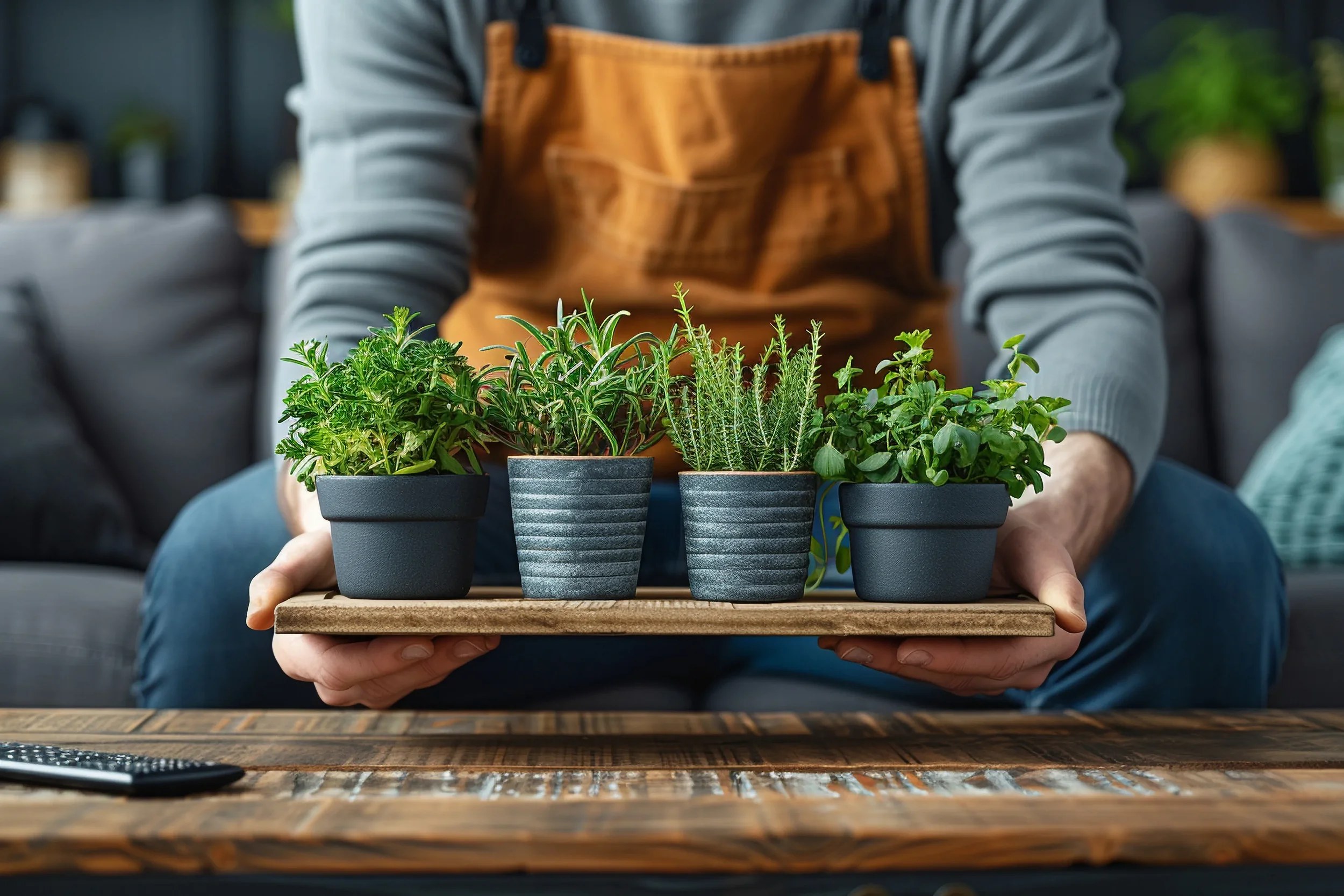







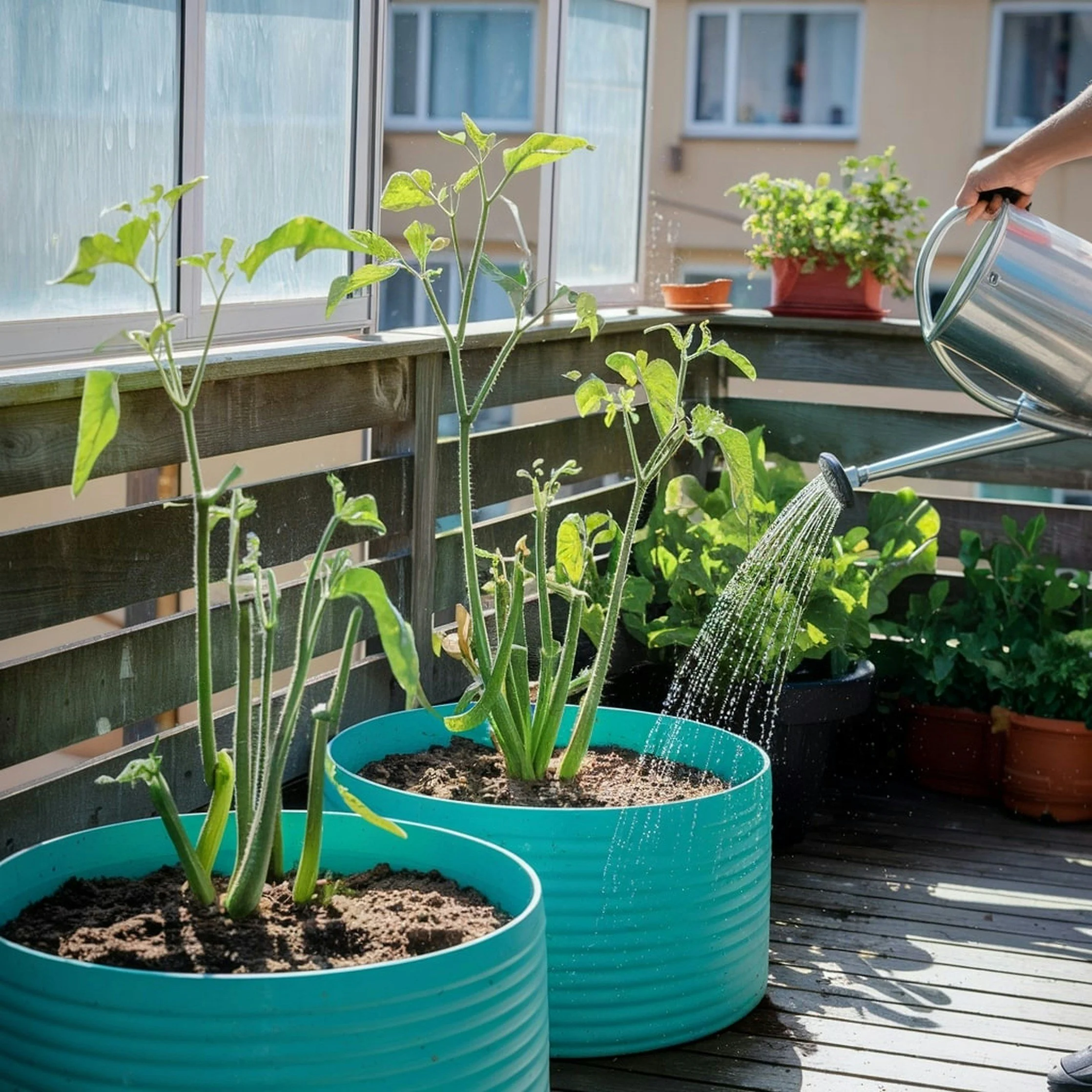
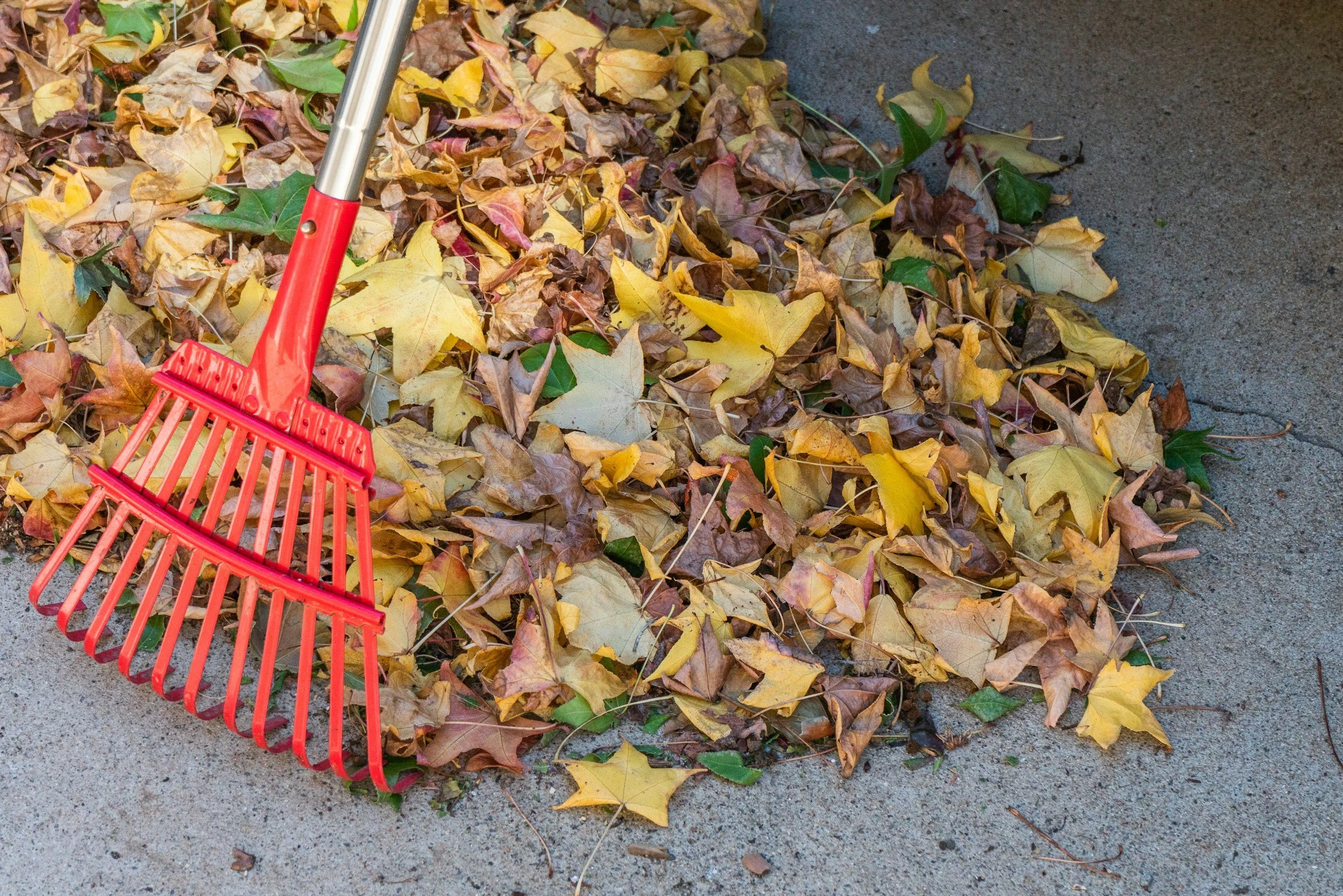




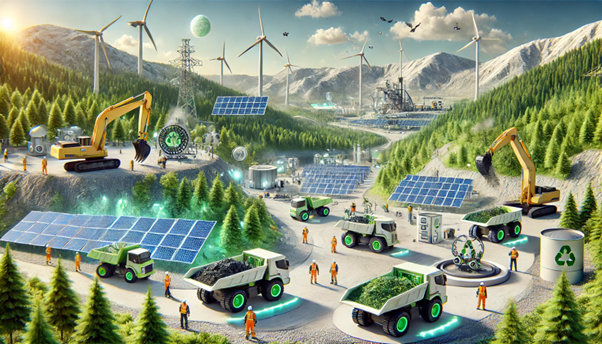



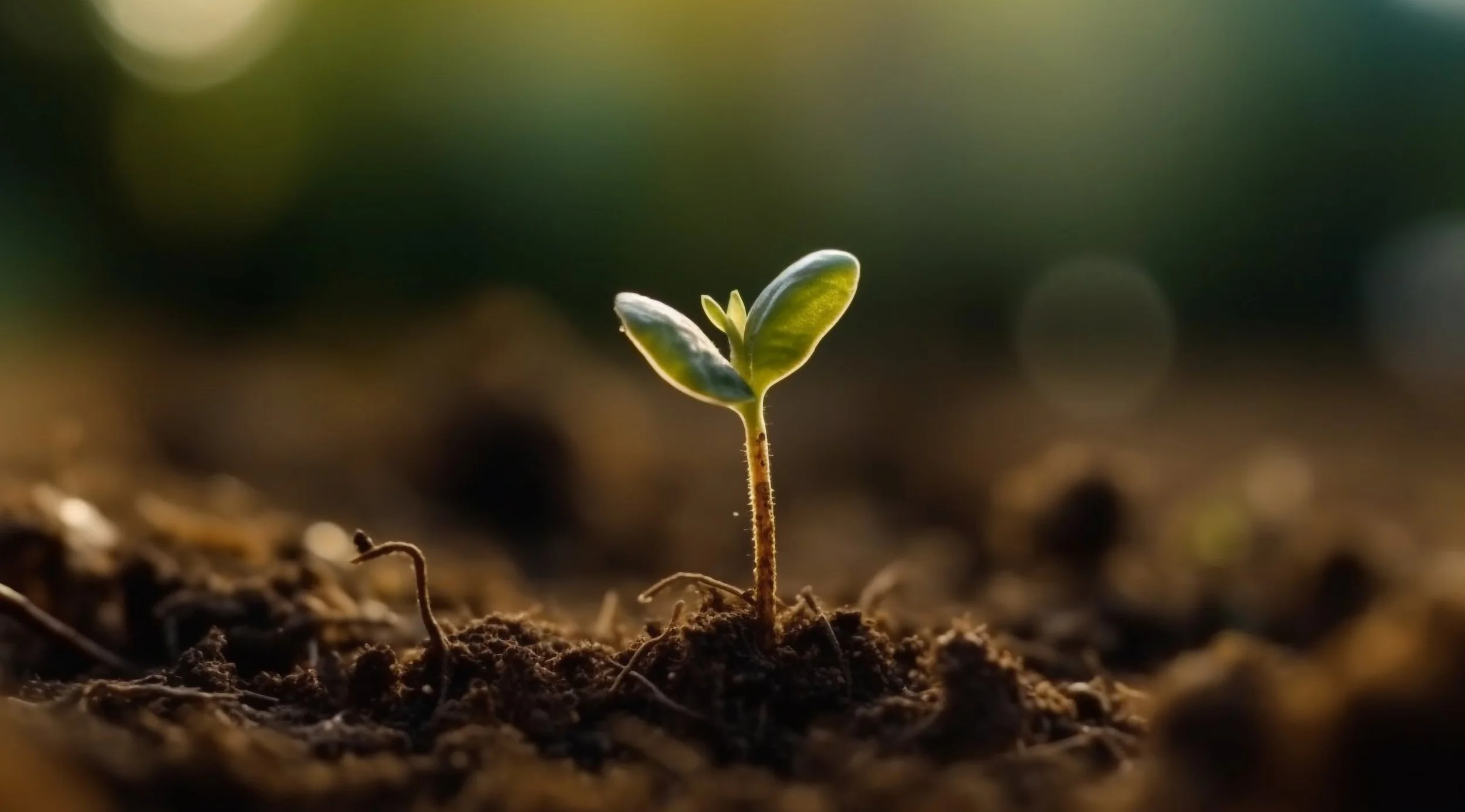



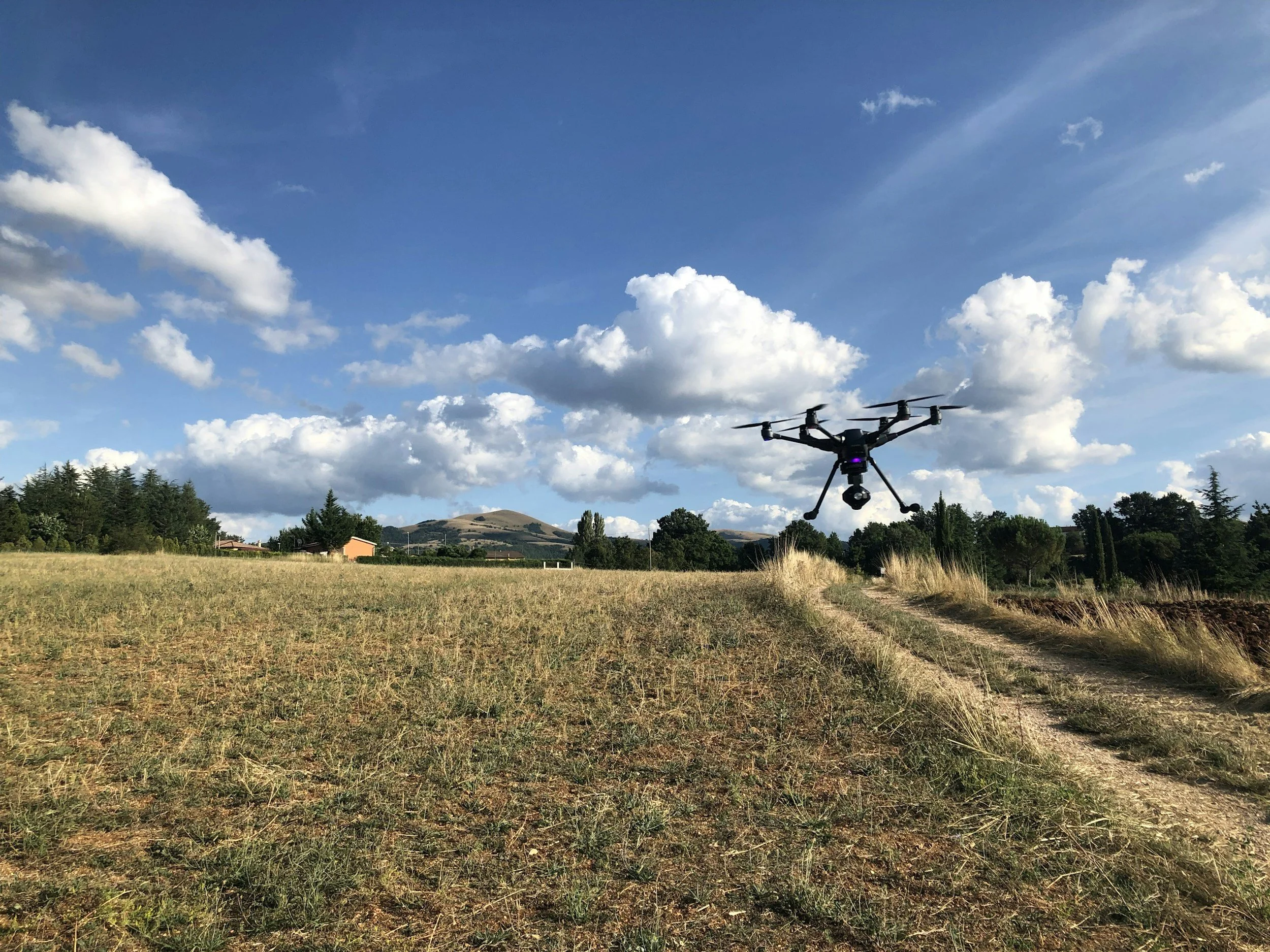
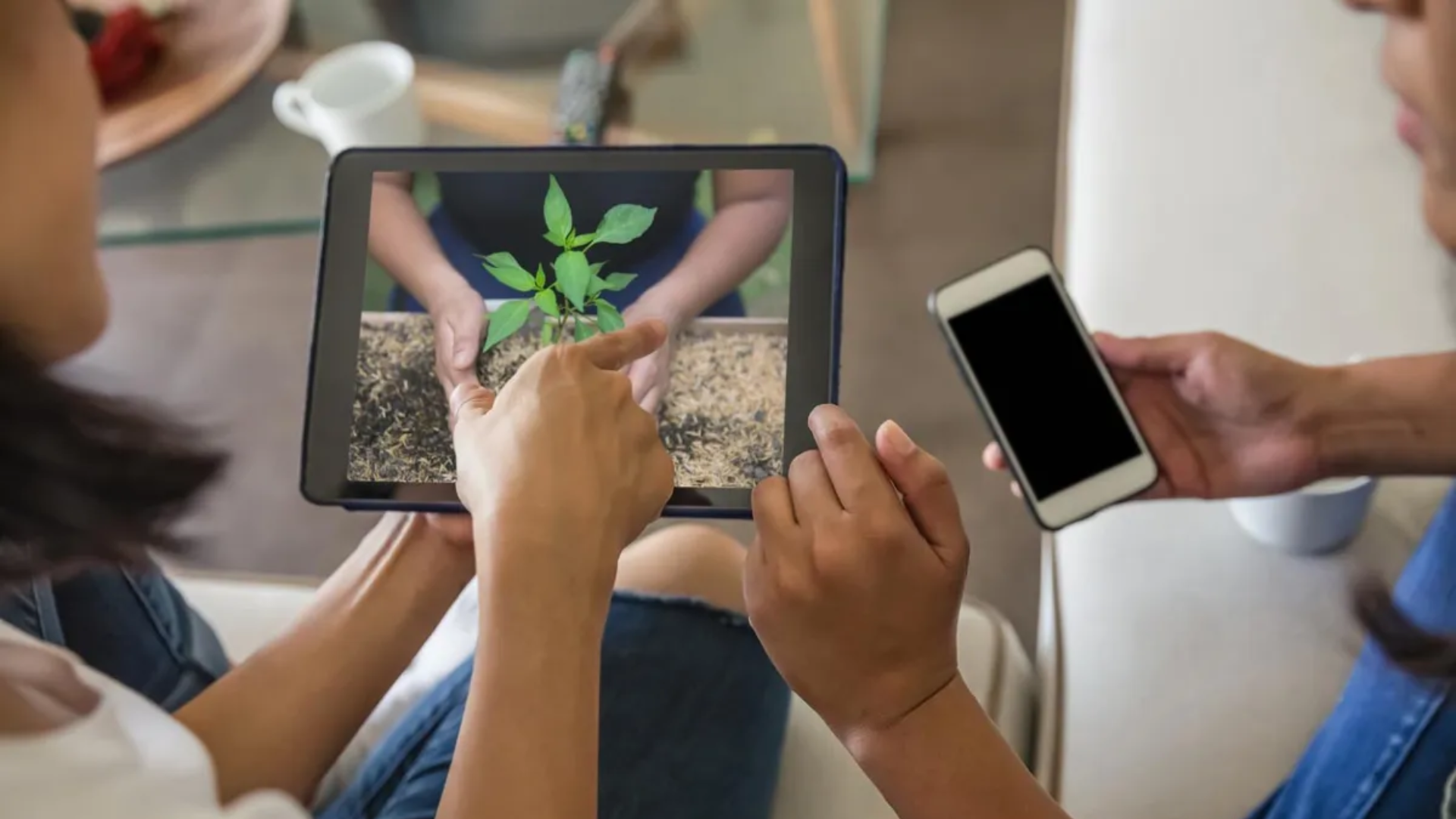
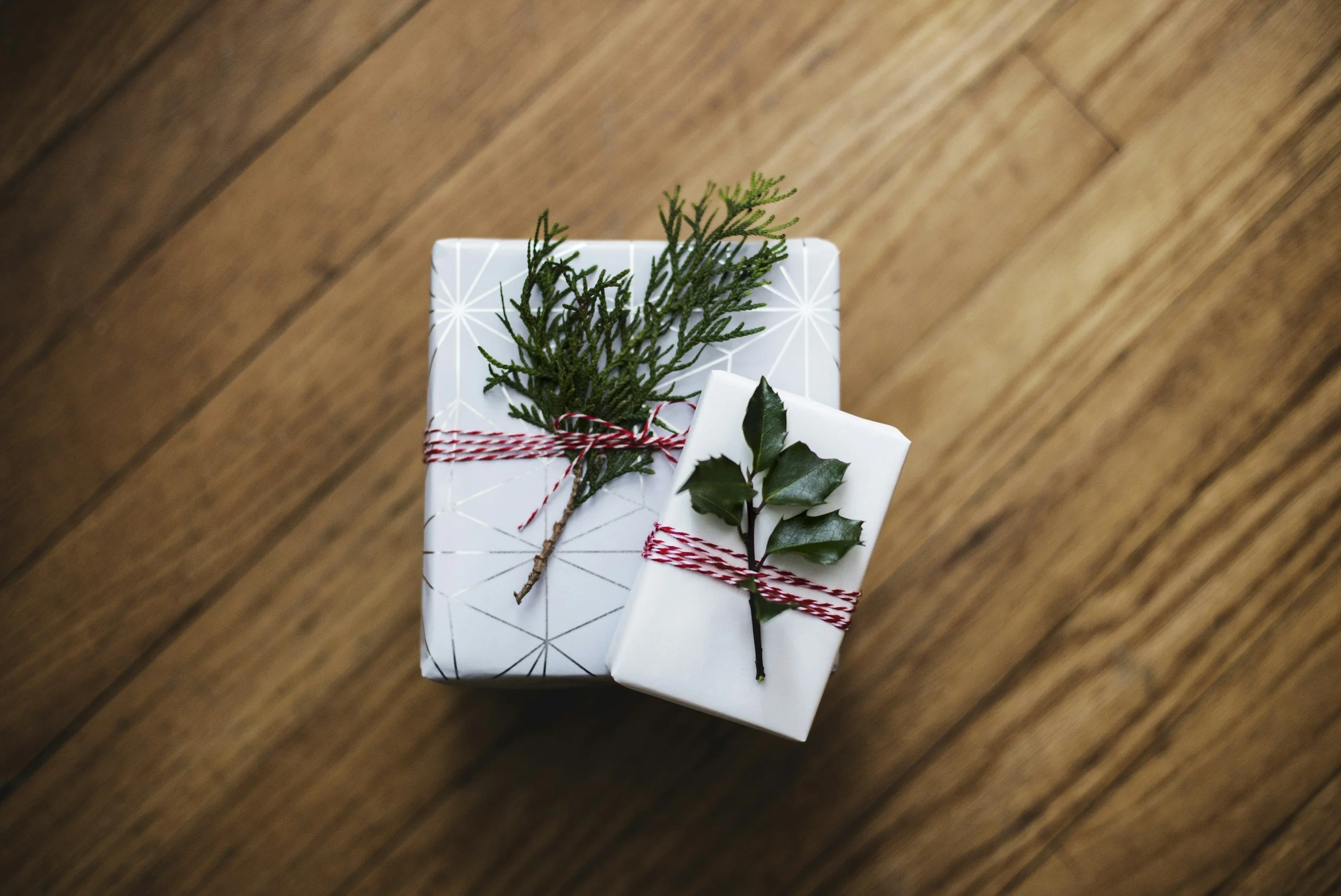

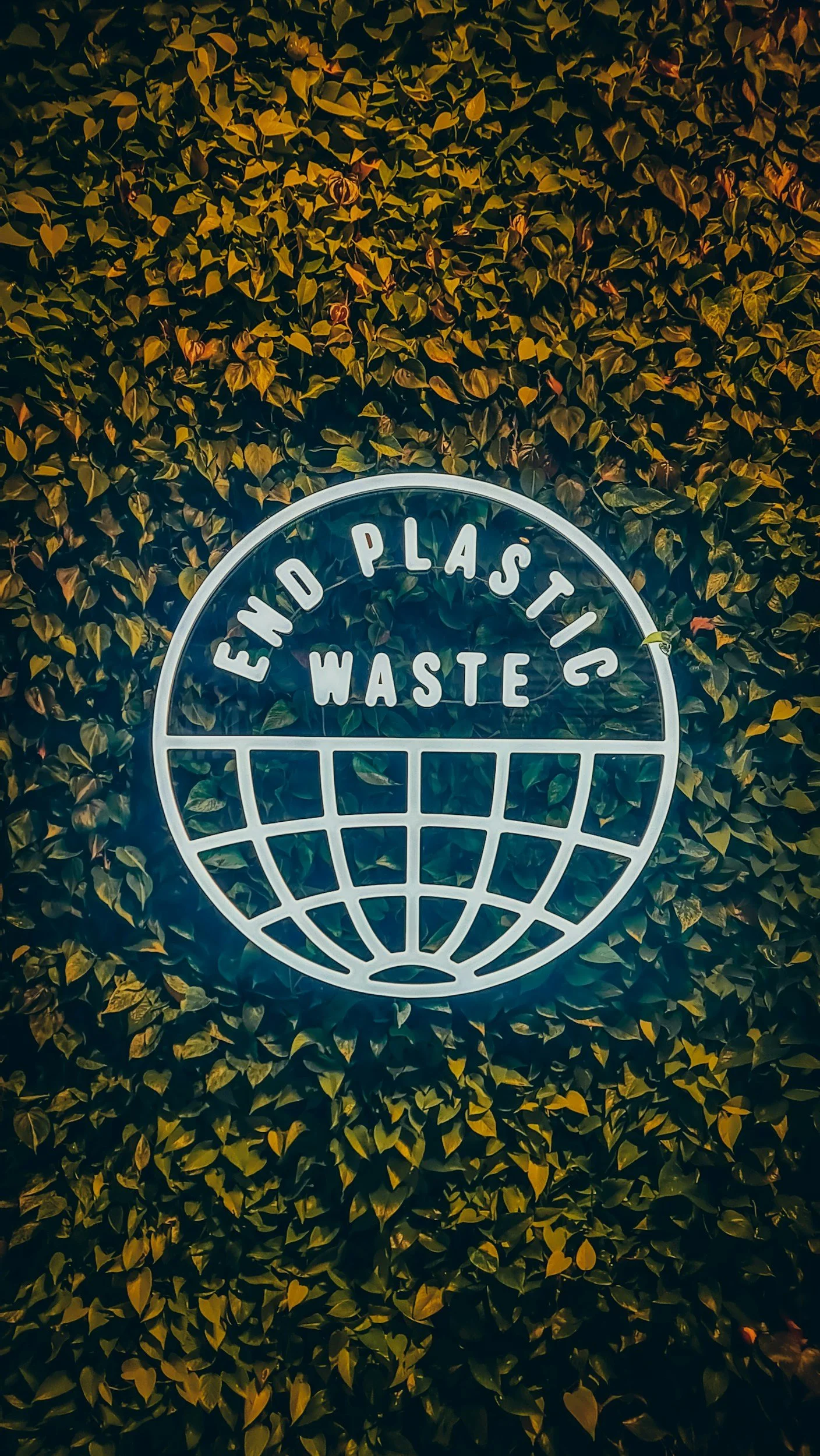
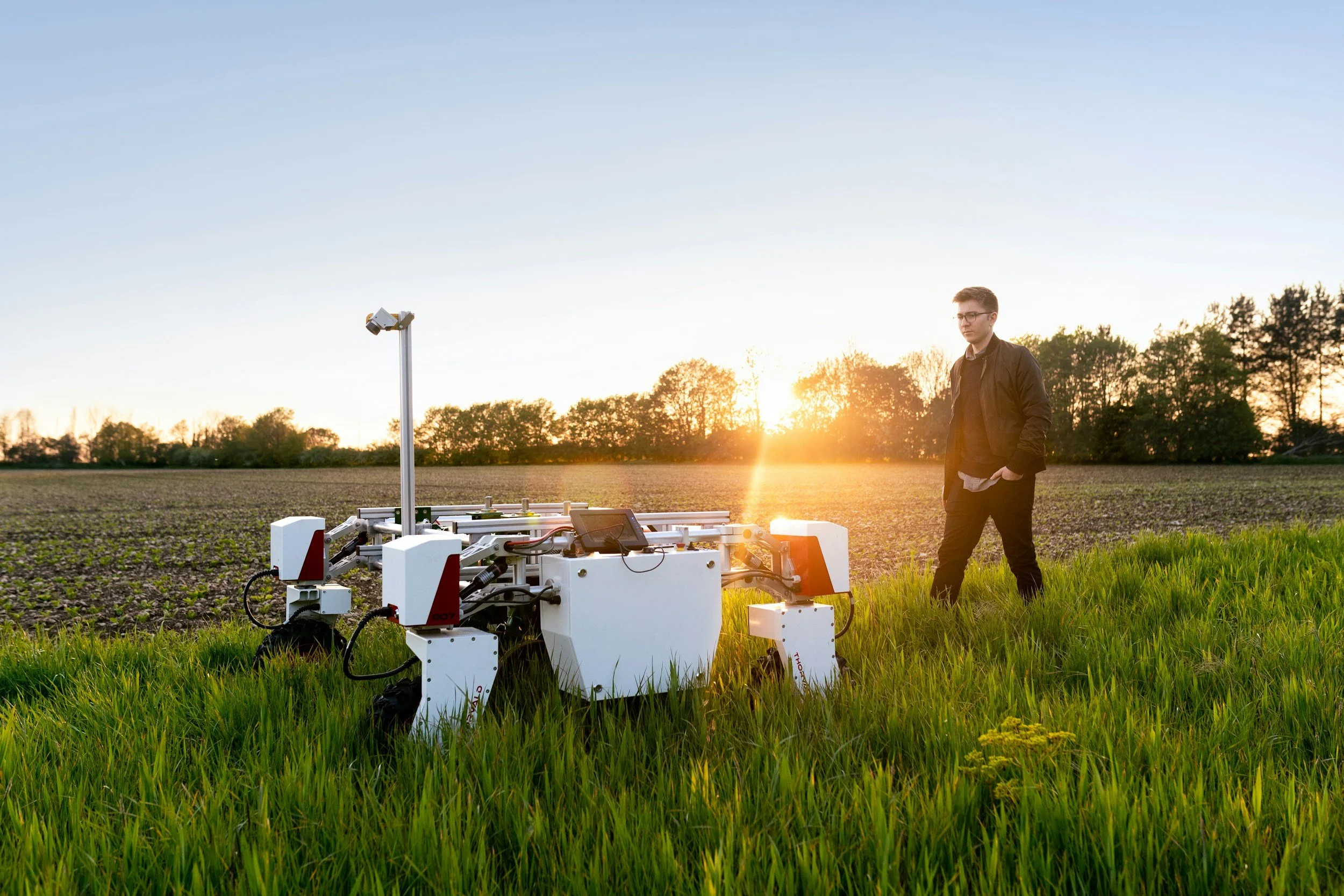




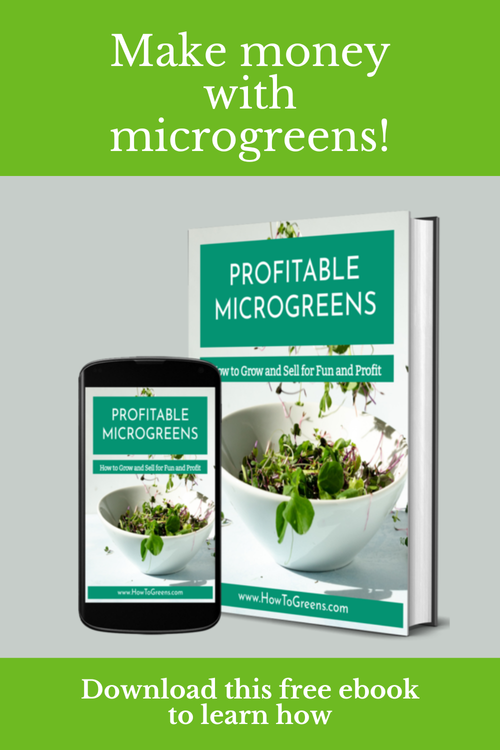
With commercially-grown vegetables becoming increasingly subject to contamination by synthetic pesticide residue and deadly bacteria, finding quality produce is becoming more of a challenge. Part of the problem with commercial production are the monopolies by big food companies, which threaten food security and public health. A growing number of people have begun to see growing and harvesting their own vegetables as a way to reduce their exposure to these contaminants and exercise greater self-reliance.